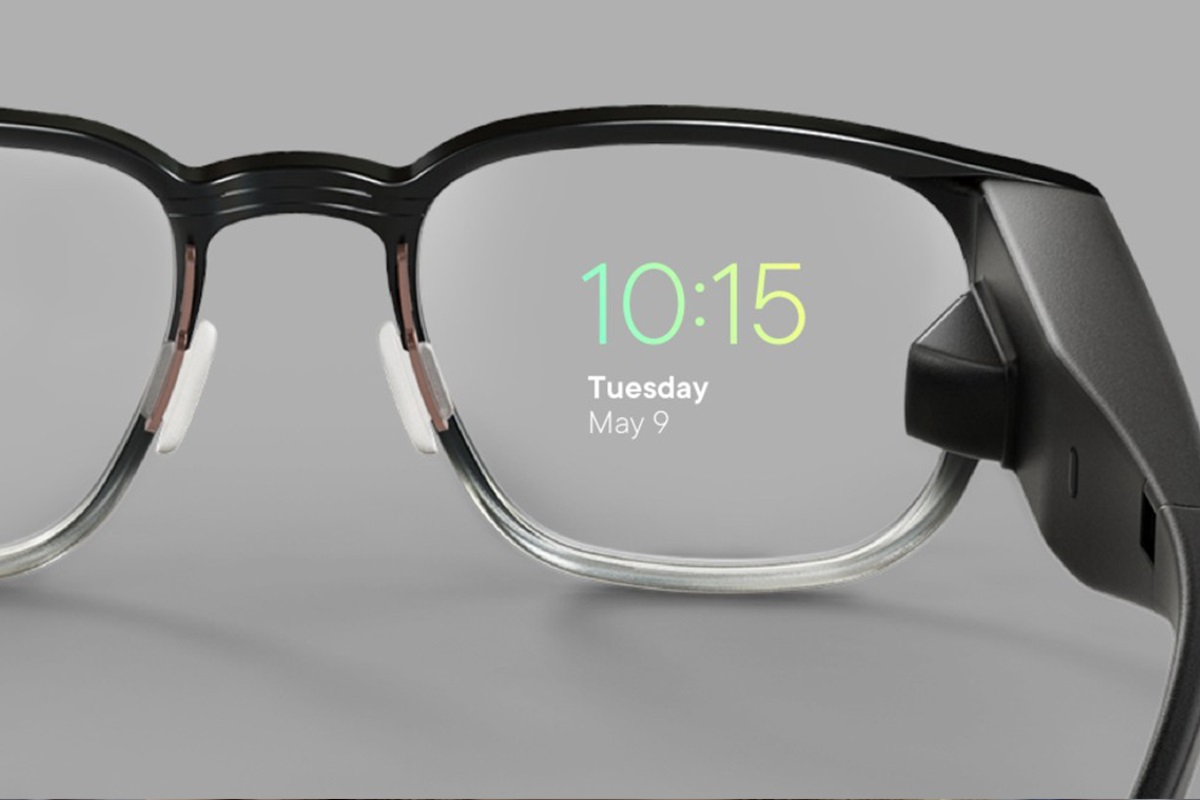Samsung Enters the AI Smart Glasses Race with Two Models Planned for 2026 and 2027 as Competition with Apple and Meta Intensifies
Samsung is preparing to challenge both Apple and Meta in the rapidly emerging market for AI enabled smart glasses, with two next generation models reportedly scheduled for release in 2026 and 2027. These developments place the company firmly in the expanding race for wearable AI computing platforms, a segment that has seen accelerated momentum following Meta’s success with its Ray Ban smart glasses and Apple’s reported shift away from its current mixed reality strategy.
According to Korean industry blog Yeux1122, Samsung is developing two distinct smart glasses platforms:
The first model, targeted for release in 2026 and codenamed SM O200P, will feature automatic dimming for sunlight environments but will not include a built in augmented reality display. Instead, it will rely primarily on voice driven AI functionality for hands free interactions. The second model, expected in 2027, will include a dedicated AR display similar in concept to Meta’s Ray Ban Display, supporting AI powered photography, video recording, audio experiences, and phone call capabilities. This suggests Samsung is pursuing a two tiered strategy, with its first model focused on lightweight AI assisted experiences and its second model designed to compete directly within the AR capable wearable class.
These reports arrive as Apple is reportedly delaying its long rumored Vision Pro Air in order to prioritize development of AI focused smart glasses of its own. Apple had planned to leverage Samsung’s G VR glass based micro display technology to reduce manufacturing costs for Vision Pro Air, but Samsung has since cancelled the micro display program, complicating Apple’s timeline. Apple is now said to be targeting a 2026 release window for its new AI smart glasses, which will include integrated cameras, microphones, and speakers while offering hands free notifications, real time assistance, and language translation through an improved version of Siri. Similar to Samsung’s 2026 model, Apple’s glasses are not expected to include a built in AR display.
These companies are positioning themselves against Meta, whose Ray Ban smart glasses have quickly become a dominant entry in the AI wearable market. The current Ray Ban Meta glasses offer up to eight hours of mixed use, two hours of continuous live AI capability, 3K ultra HD video recording, and an upcoming conversational noise cancellation system. Meta recently expanded the lineup with its new Ray Ban Display smart glasses, which introduce an embedded waveguide display capable of showing text, videos, navigation prompts, and live translation overlays. Offering forty two pixels per degree, the display surpasses the visual clarity of Meta’s own VR headsets. The glasses also leverage the Meta Neural Band, an EMG based input system that interprets hand and finger signals to navigate the interface. These glasses are available now for seven hundred ninety nine dollars.
With Apple and Samsung’s AR capable models not expected until 2027 at the earliest, Meta effectively enjoys a two year advantage to further reinforce its leadership in the AR smart glasses space. Samsung’s multi phased approach and Apple’s pivot toward AI first eyewear suggest that the smart glasses category is preparing for an extensive period of innovation and competition.
Do you think Samsung or Apple can challenge Meta’s momentum in the smart glasses market, or will Meta continue to dominate the AR wearable space? Share your thoughts with us.

